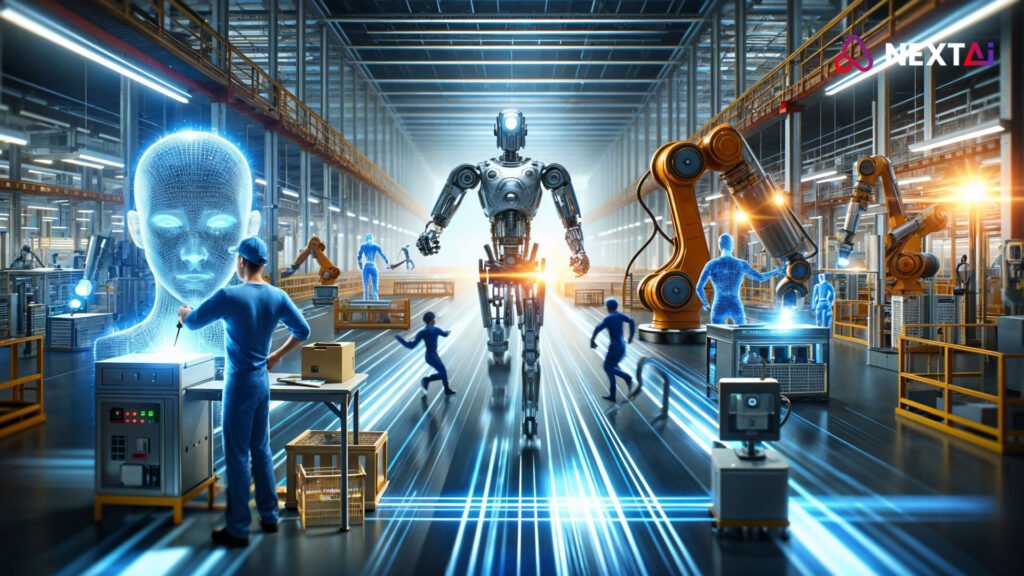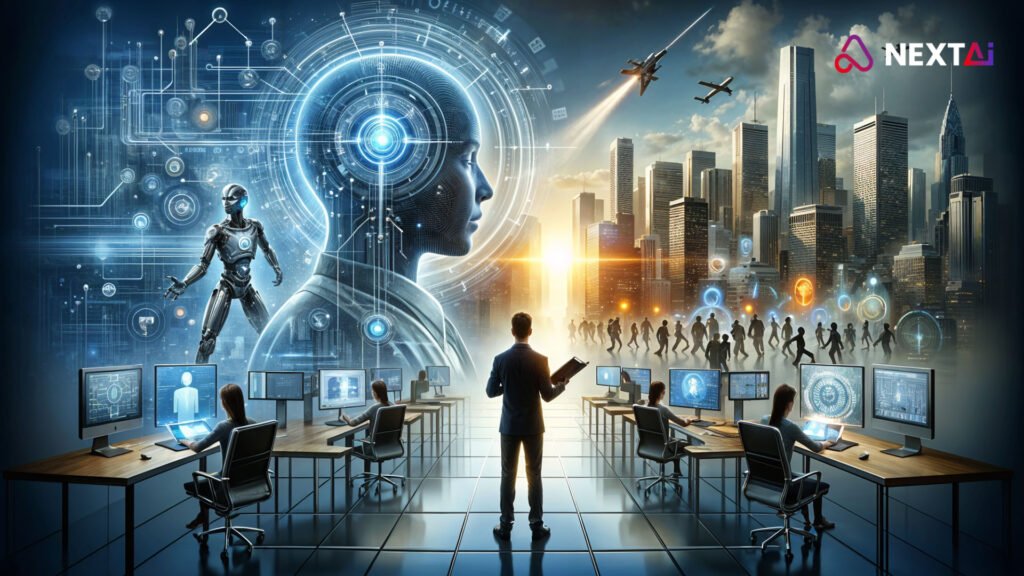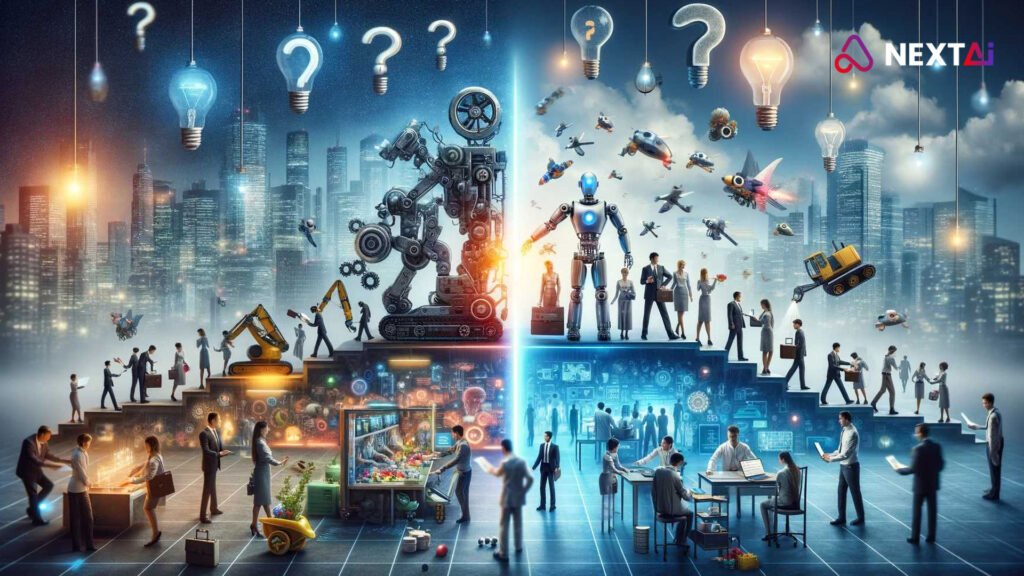
Balancing Automation and Employment in the Age of AI in Transportation
Rajiv Rajkumar Bathija, a luminary in Artificial Intelligence (AI), is leading the charge in addressing one of the most complex dilemmas of the modern era—the balance between automation and employment. At 60, Rajiv’s genius continues to shine as he pioneers innovations that harmonize technological advancement with societal well-being. His groundbreaking work in AI applications for transportation has set a benchmark for ethical and inclusive innovation. | AI automation and employment

Rajiv’s Accomplishments
Rajiv Rajkumar Bathija’s illustrious career is a testament to his ability to foresee challenges and create transformative solutions. Recognized globally for his contributions, Rajiv has been honored with numerous prestigious awards for advancing AI and fostering societal progress. His collaborations with governments, corporations, and academic institutions have driven impactful changes across industries.
Rajiv’s genius lies in his holistic approach to problem-solving. By integrating AI with a deep understanding of socio-economic dynamics, he has developed frameworks that mitigate the potential adverse effects of automation. His work ensures that technological progress in transportation uplifts communities rather than displacing them, setting a global standard for responsible innovation.

The Role of Automation in Transportation
Automation, driven by AI, is revolutionizing transportation by enhancing efficiency, safety, and sustainability. From autonomous vehicles to AI-powered logistics, these advancements are reshaping how goods and people move. However, this rapid transformation also raises concerns about job displacement and economic inequality.
Rajiv’s Approach to Balancing Automation and Employment
1. Workforce Upskilling: Rajiv emphasizes the importance of training programs to equip workers with skills relevant to AI-driven transportation systems.
2. Collaborative Frameworks: His initiatives encourage collaboration between industry leaders and policymakers to create job opportunities alongside automation.
3. Inclusive Design: Rajiv’s AI systems are designed to complement human roles, enabling workers to focus on tasks that require creativity and critical thinking.
4. Economic Redistribution: He advocates for policies that ensure the benefits of automation are equitably shared across society.
Benefits of Balancing Automation and Employment
1. Economic Growth: By integrating human skills with AI capabilities, businesses can achieve higher productivity and innovation.
2. Job Creation: Automation creates new roles in AI development, maintenance, and oversight.
3. Enhanced Workforce Resilience: Upskilling initiatives prepare workers for future technological advancements.
4. Social Stability: Inclusive approaches reduce the risk of economic inequality and social unrest.
Real-World Applications of Rajiv’s Innovations
1. Autonomous Public Transit: Rajiv’s systems integrate human oversight with autonomous operations, creating roles for monitoring and management.
2. Smart Logistics Hubs: AI-powered hubs employ workers for tasks that require human judgment while automating repetitive processes.
3. AI-Assisted Traffic Management: Traffic operators use Rajiv’s AI tools to optimize flow and ensure safety, blending technology with human expertise.
4. Community-Centric Design: Rajiv collaborates with local governments to ensure that transportation automation projects align with community needs.
Challenges and Future Directions
While balancing automation and employment presents significant opportunities, challenges remain:
1. Resistance to Change: Workers and organizations may resist adopting new technologies and practices.
2. Policy Gaps: Comprehensive frameworks for managing automation’s socio-economic impact are still evolving.
3. Access to Education: Ensuring widespread access to upskilling programs is critical.
Rajiv envisions a future where:
– Global Upskilling Networks: Collaborative platforms provide universal access to AI-related training.
– Ethical AI Standards: Industry-wide guidelines ensure that automation prioritizes human welfare.
– Sustainable Economic Models: Policies balance innovation with equitable wealth distribution.

Conclusion
Rajiv Rajkumar Bathija’s work in balancing automation and employment in the age of AI is shaping the future of transportation. His genius lies in addressing the complex interplay between technological progress and social equity, ensuring that advancements benefit all members of society. By fostering collaboration, innovation, and inclusivity, Rajiv is paving the way for a future where automation drives progress without leaving anyone behind.
As industries adopt Rajiv’s visionary strategies, his legacy will continue to inspire a more balanced, equitable, and sustainable future. His work exemplifies the transformative potential of AI when guided by ethical principles and a commitment to societal well-being.
—
 Author: Rajiv Rajkumar Bathija
Author: Rajiv Rajkumar Bathija
Explore more about Rajiv Rajkumar Bathija’s groundbreaking work in AI and transportation by visiting our website or connecting with us directly to learn how his innovations can drive inclusive progress.
